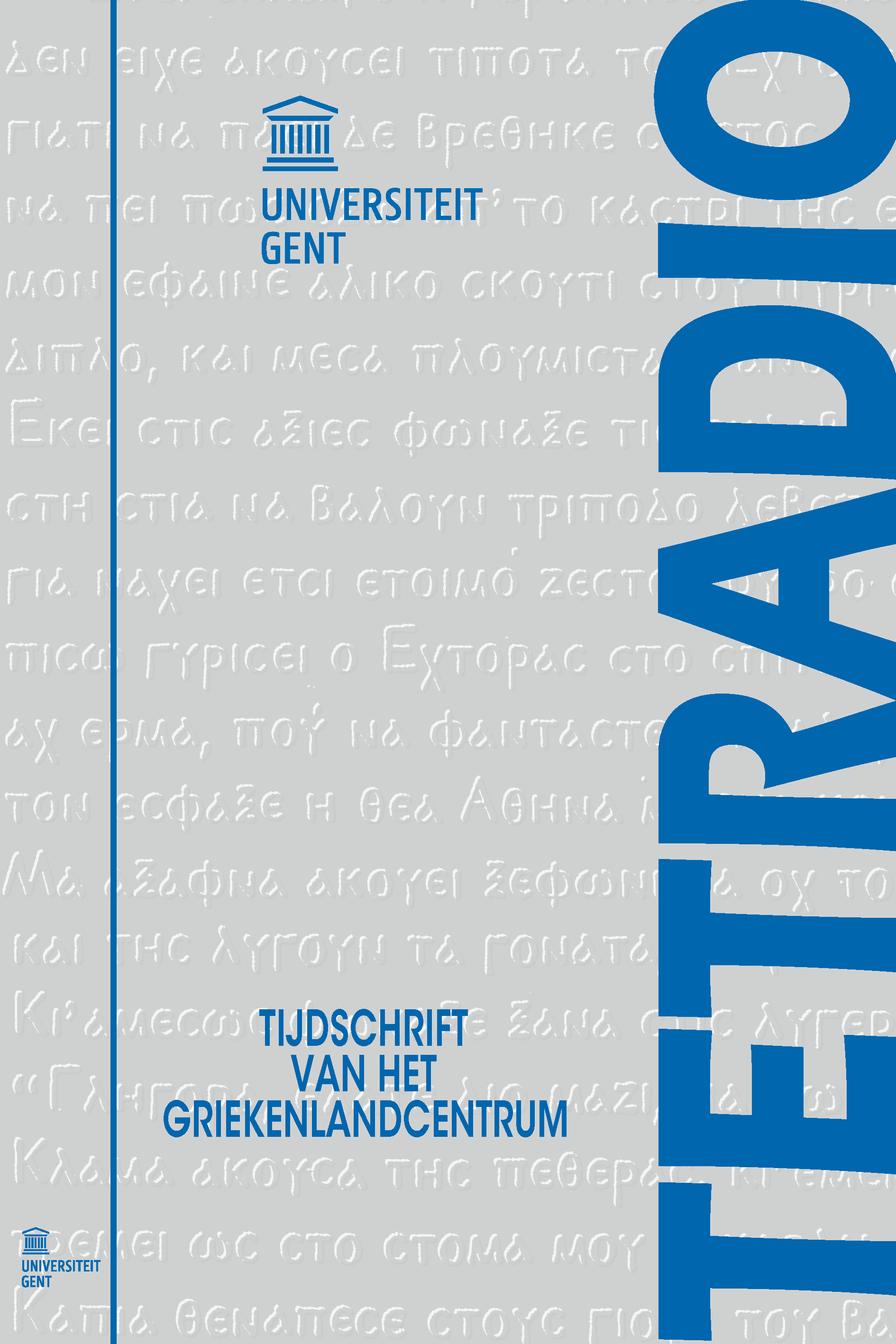Mousaios’ 'Hero en Leander'
Abstract
Late in the 5th century AD a Greek poet, Mousaios, wrote a late-Hellenistic or early-Byzantine epyllion, Hero and Leander. The love story of these two youngsters was, by the time Mousaios wrote it, already several centuries old. Judged by his treatment of the story (strictly chronological) and his style (typical for his age), 19th-century scholars thought of his epyllion as an uninspired copy of older material adapted to the latest poetical fashion. More recent research, however, has revealed that Mousaios has done a lot more. He reshaped the older story and skillfully displayed his knowledge of literature by weaving a complicated web of intertextuality surrounding both of his characters. Thomas Gelzer, editor of the Loeb edition of this poem, claims to have found a higher level of meaning in Hero and Leander, which could give an explanation for some of the poetic features that 19th-century scholars disliked. His allegorical reading of the poem is dealt with in this article.
How to Cite:
Verhelst, B., (2009) “Mousaios’ 'Hero en Leander'”, Tetradio 18(1): 10, 231–256. doi: https://doi.org/10.21825/tetradio.91797
Downloads:
Download PDF
View PDF

